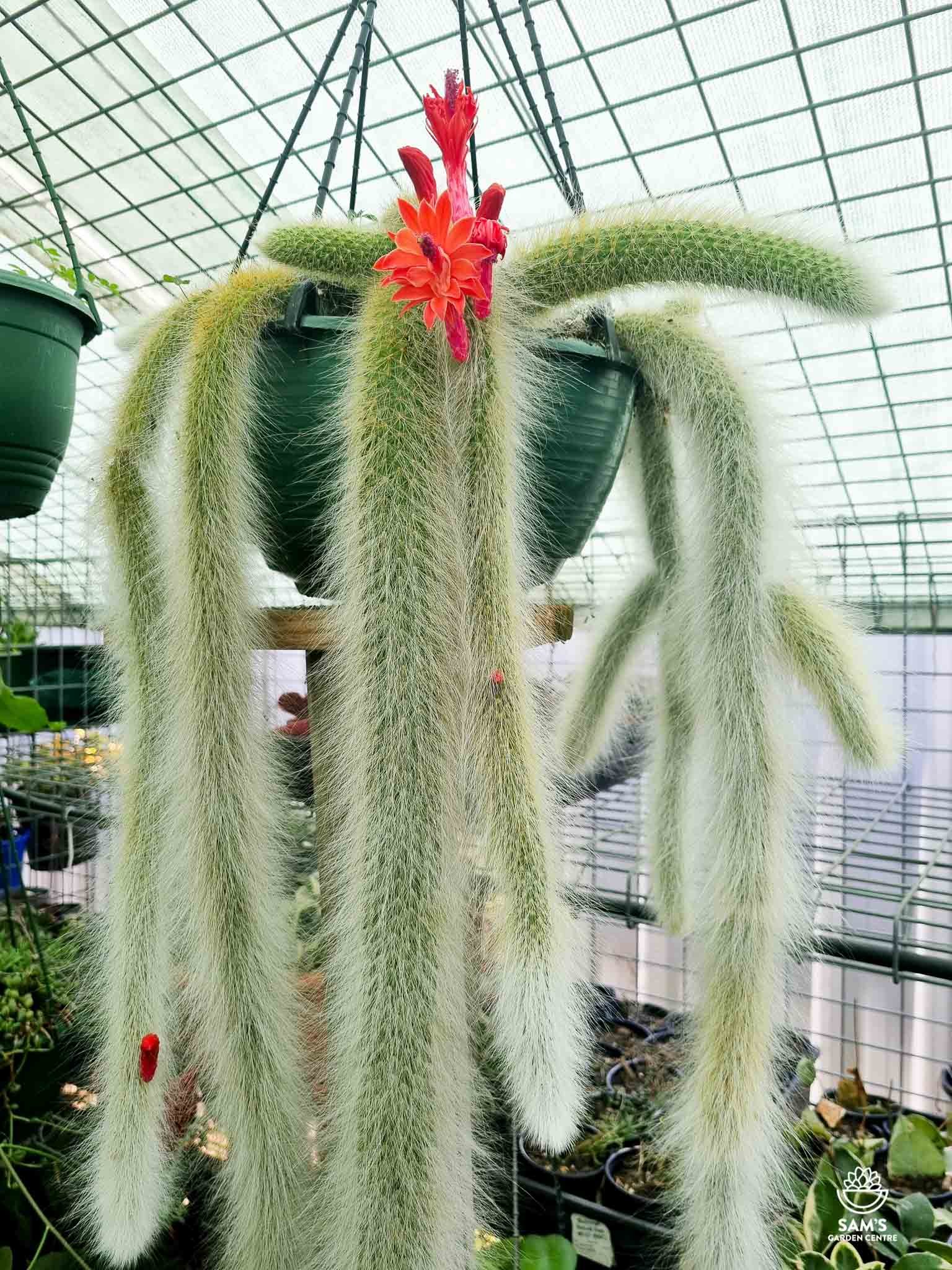Succulent lovers know how captivating these hardy little plants can be, but if you’ve been collecting for a while, you might be craving something more than your everyday jade or echeveria.
That’s where rare succulents come in—unusual, hard-to-find, and often absolutely stunning, they’re perfect for plant collectors who want something truly one-of-a-kind.
In this guide, we’ll explore what makes a succulent rare, where to find these treasures, and dive into 10 truly unique varieties that are worth the hunt.
Whether you’re starting a rare succulent collection or just curious about the most exotic succulents, you’re in for a treat.
Why Rare Succulents Are So Fascinating
Rare succulents are like the hidden gems of the plant world. They often come from remote desert regions, have intriguing forms, bloom only under specific conditions, or change color with stress.
Some look like stones, coral, or sea creatures. Others bloom dramatically or grow in quirky shapes.
They attract collectors because of their rarity, their sculptural beauty, and the satisfaction of owning something truly different.
In an age of mass-produced everything, cultivating a rare plant can feel deeply personal and even meditative.
Many of these succulents also serve as conversation pieces, adding intrigue to a living room shelf, sunny balcony, or indoor garden.
What Makes a Succulent Rare?
There’s no single factor that makes a succulent rare—it’s usually a combination of:
- Limited geographic range – Some only grow in one spot in the world.
- Slow propagation – Certain species take years to grow or reproduce.
- Unusual traits – Odd shapes, textures, or growth habits make them special.
- Low availability – They’re not easy to find in big box stores or even most nurseries.
- Conservation status – A few are endangered or protected, increasing their allure.
Because of their rarity, these succulents can sometimes cost more and require specific care. But for many collectors, that’s part of the appeal.
Where to Find Rare Succulent
You won’t usually find rare succulents in your local supermarket or generic plant shop, but there are some great places to look:
- Specialty nurseries – Especially those focused on cacti and succulents.
- Online plant marketplaces – Websites like Etsy, eBay, or dedicated succulent stores often carry rare varieties.
- Plant swaps or collector communities – Facebook groups and forums are goldmines.
- Botanic gardens and cactus shows – These sometimes sell or trade rarities.
Be cautious with online purchases—buy from trusted sellers and look for clear photos and reviews.
10 Rare Succulents Worth Collectin
Each of these rare succulents has its own quirky personality. Whether you’re into alien-like structures or soft powdery leaves, there’s something here to inspire.
1. Conophytum burgeri (Burger’s Onion)
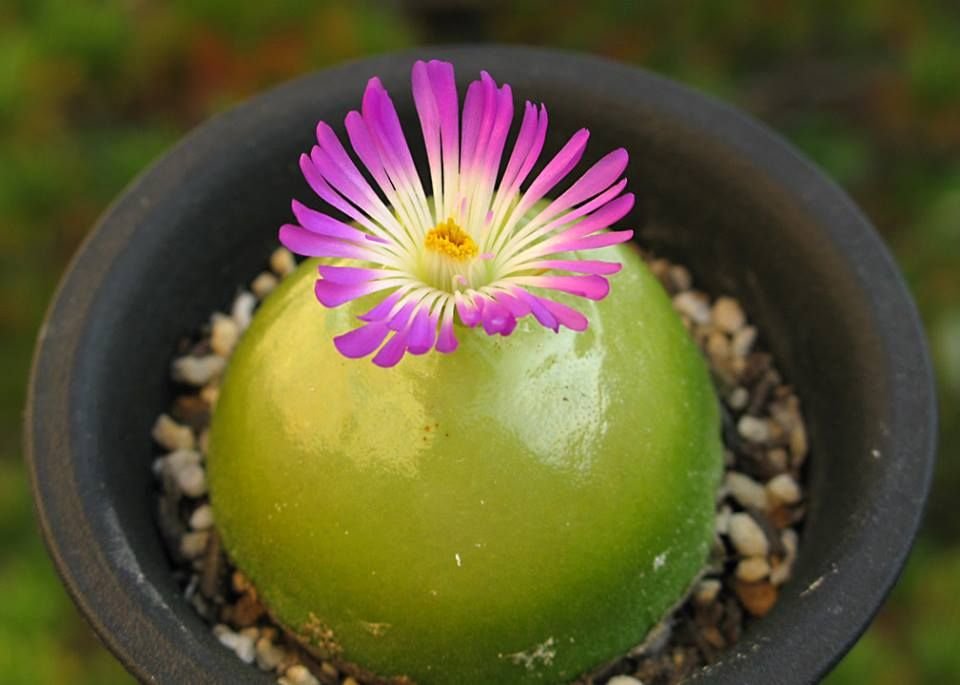
Looking like a purple-tinted pebble, this South African native is part of the mesemb family. It has a rounded dome shape, translucent skin, and goes dormant in summer, only to bloom at night in autumn.
Why it’s rare: Its natural habitat is extremely limited, and it’s incredibly slow-growing. Many growers struggle with its dormancy cycle, making it a prized challenge.
2. Hildewintera colademononis (Monkey Tail Cactus)
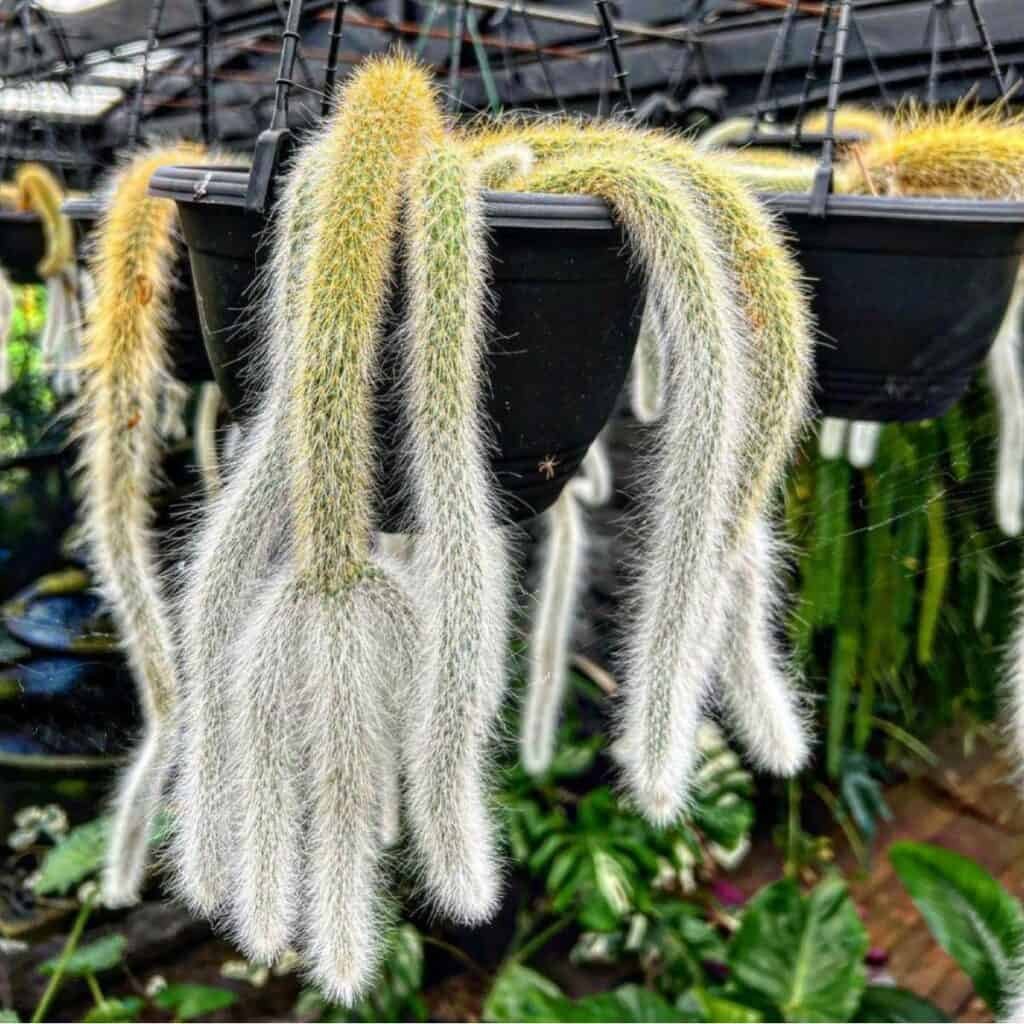
A true showstopper, this epiphytic cactus has fuzzy, trailing stems that resemble a monkey’s tail. When mature, it bursts with bright red blooms.
Why it’s rare: Not many cactus species have such dense white hairs and elegant cascading growth. It’s a favorite among hanging succulent collectors.
3. Ariocarpus fissuratus
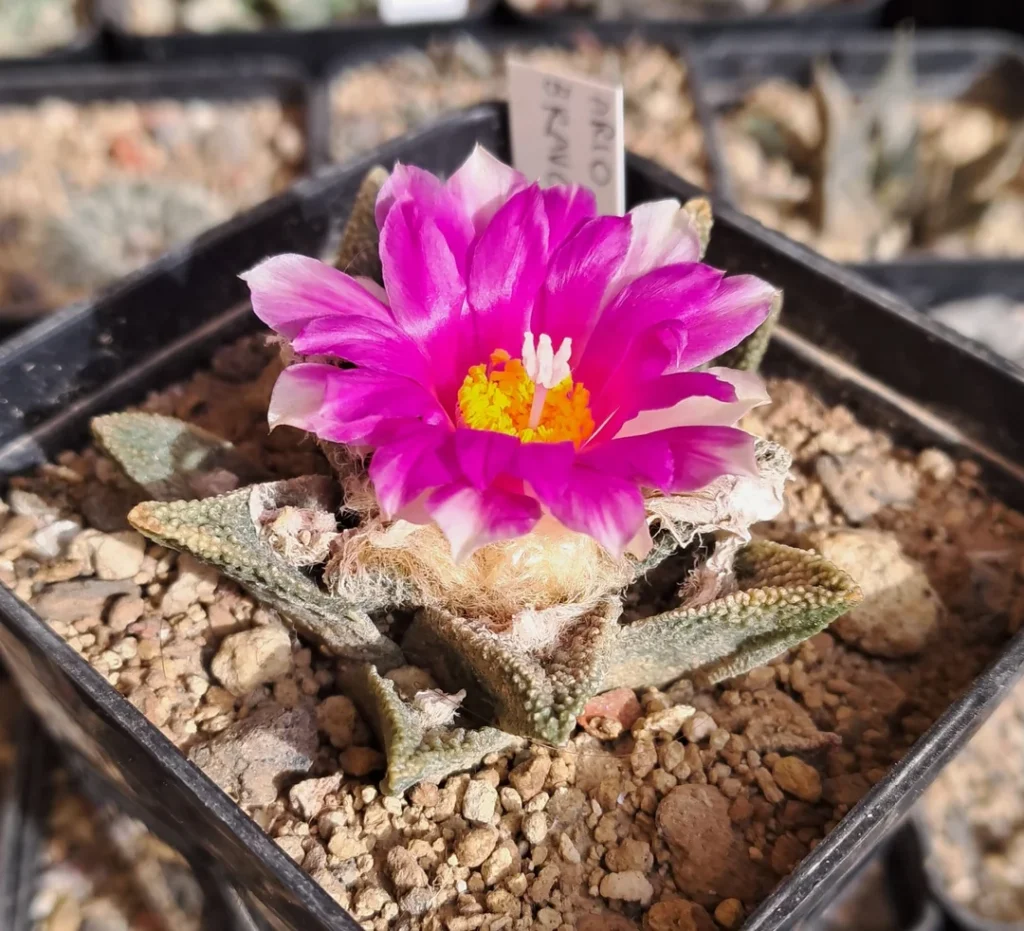
This bizarre cactus resembles a rock with wrinkles, making it nearly invisible in its native Texas and Mexican desert. It grows incredibly slowly and can live for decades.
Why it’s rare: It’s highly sought after and often poached in the wild. Ethical propagation is encouraged to protect natural populations.
4. Titanopsis calcarea
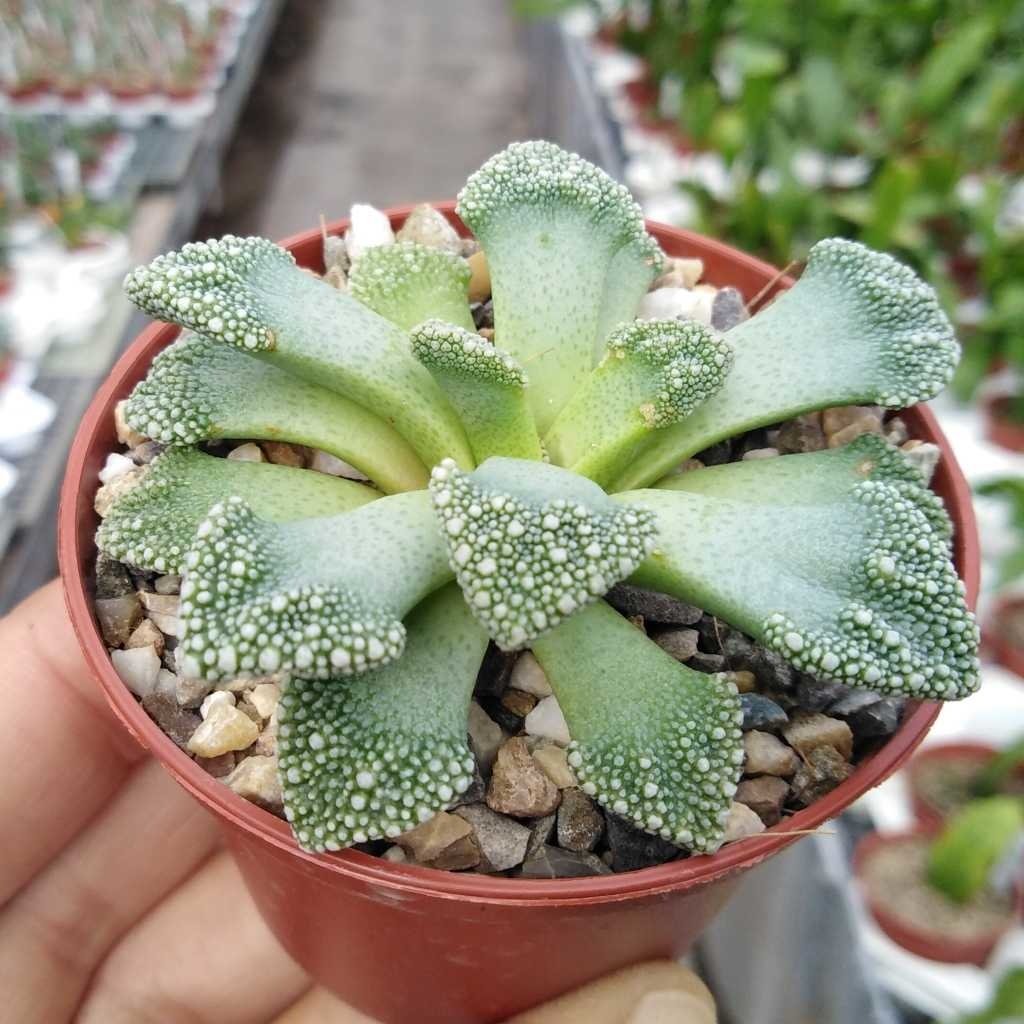
With textured leaves that mimic limestone, Titanopsis is a camouflage expert. It thrives in bright light and blooms with cheerful yellow flowers in cooler seasons.
Why it’s rare: Its leaf structure is so odd that many mistake it for lichen or coral. Plus, it’s not widely available outside specialized collections.
5. Euphorbia obesa (Baseball Plant)
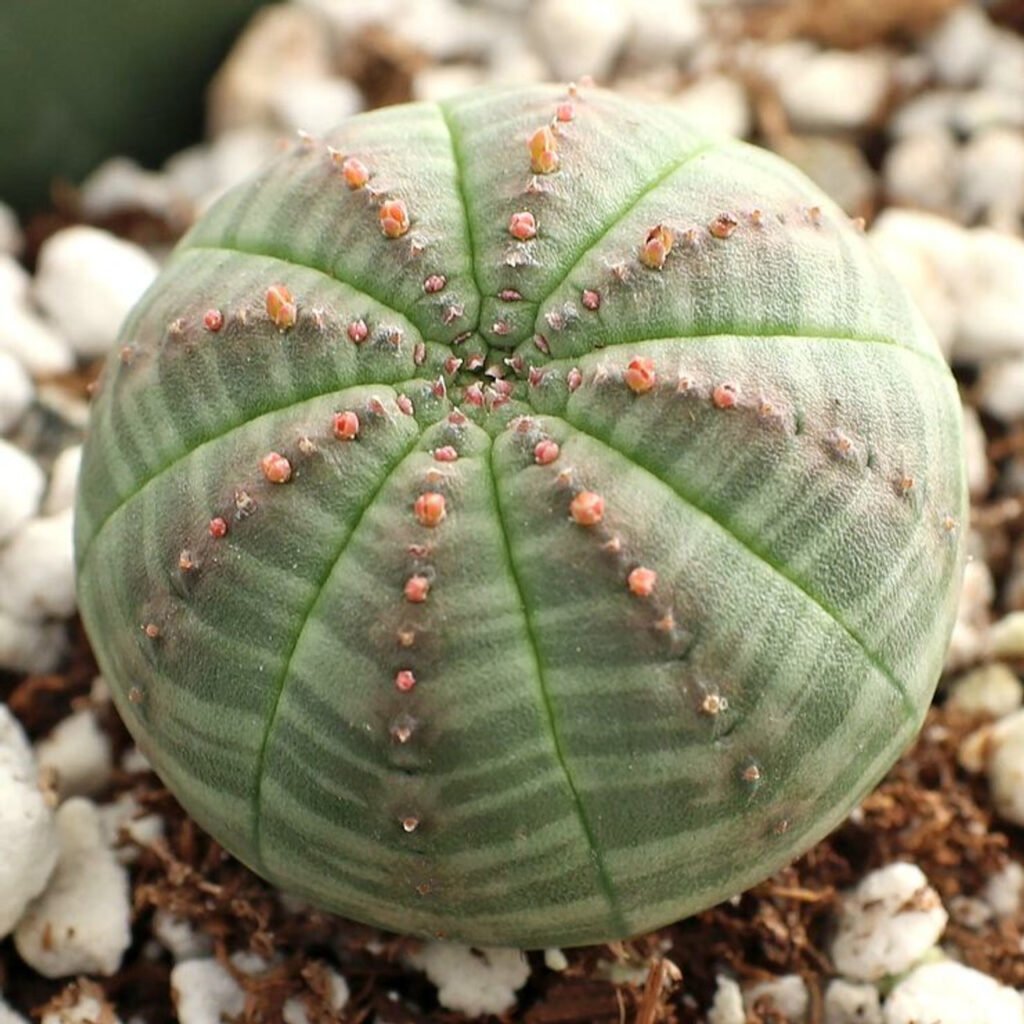
Shaped like a perfect green orb, Euphorbia obesa is one of the most symmetrical succulents you’ll find. It’s often mistaken for a cactus but is actually a euphorbia.
Why it’s rare: Native to South Africa, it’s endangered in the wild. It’s become a darling of collectors for its easy care and compact form.
6. Pseudolithos migiurtinus
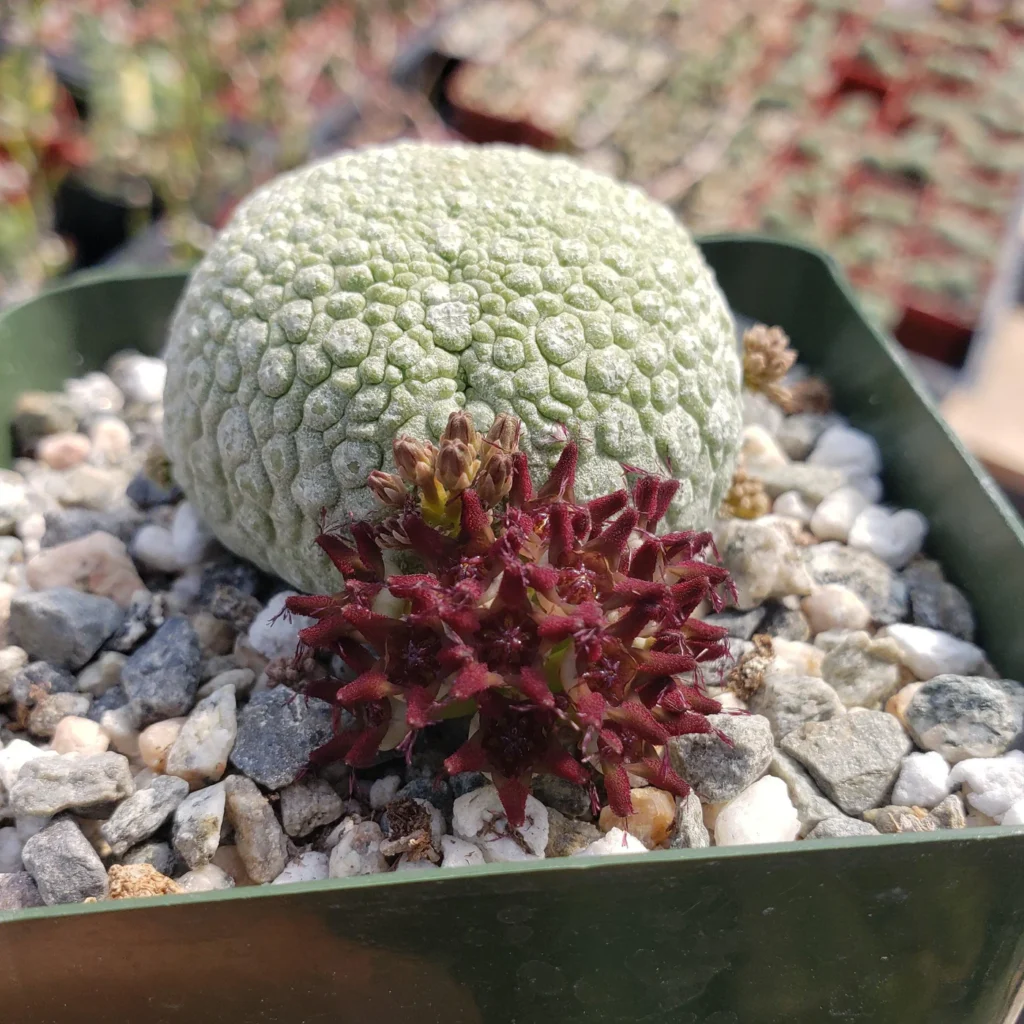
This small, alien-looking succulent is lump-shaped, greenish-brown, and warty. It’s native to Somalia and looks like something from another planet.
Why it’s rare: Extremely slow-growing and sensitive to overwatering, it’s often only found in advanced collections.
7. Lithops aucampiae (Living Stones)
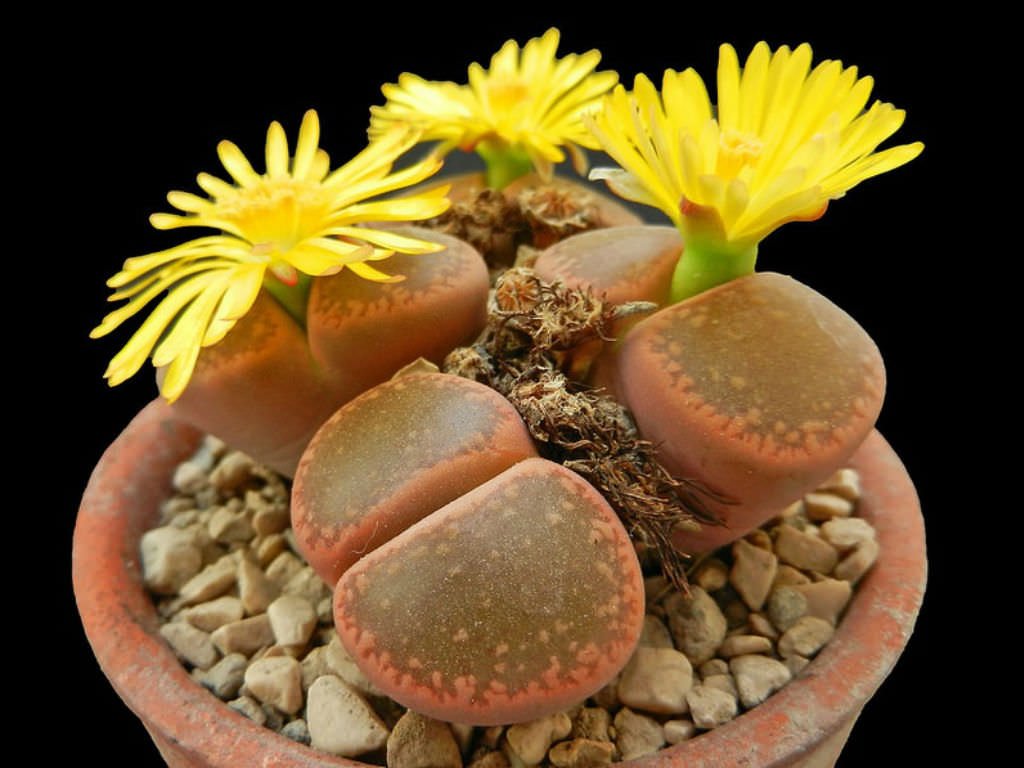
These tiny succulents mimic the rocks around them in both color and texture. When they bloom, they surprise with daisy-like flowers that emerge from their center.
Why it’s rare: While some lithops are common, specific cultivars like aucampiae are more difficult to find and keep alive due to their strict dormancy needs.
8. Kalanchoe humilis
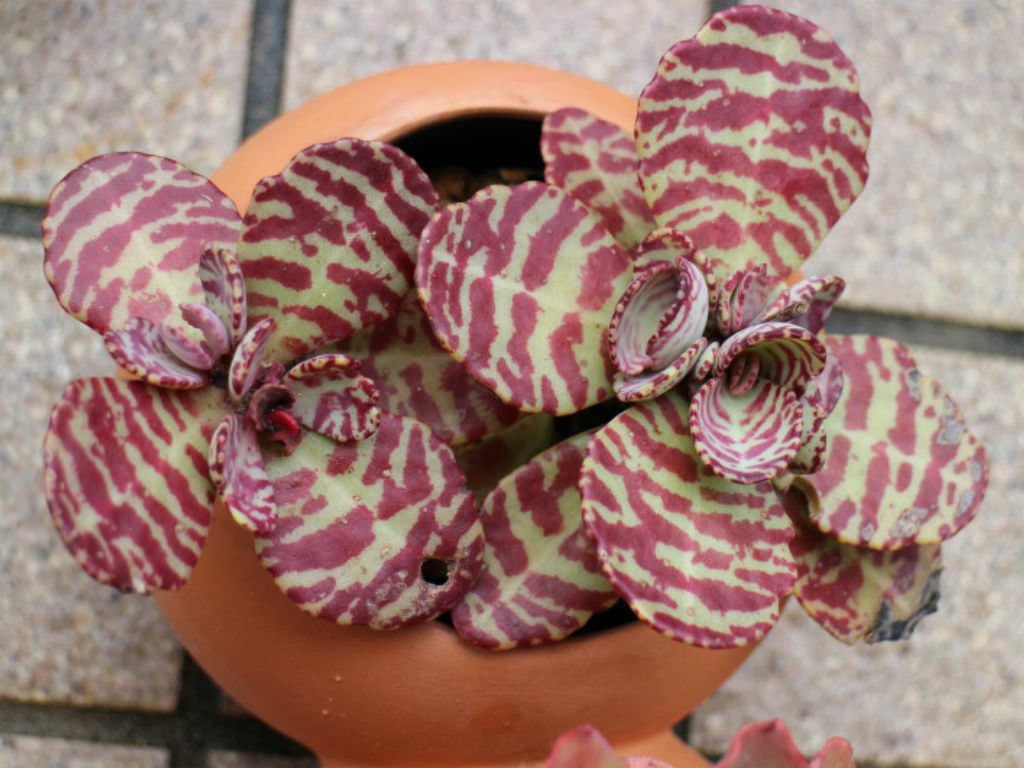
This striking plant has purple zebra-striped leaves that grow in stacked rosettes. It’s great for windowsills and thrives in filtered sunlight.
Why it’s rare: It’s less common than other kalanchoes and adds an unexpected burst of color and pattern.
9. Astrophytum myriostigma (Bishop’s Cap)
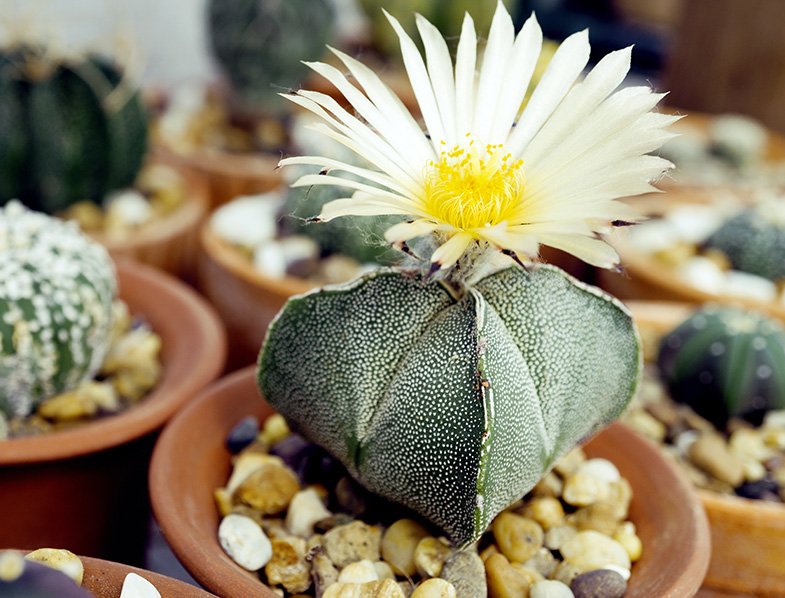
With its star-shaped form and lack of spines, this cactus is one of the most sculptural succulents out there. It grows slowly but eventually produces yellow blooms.
Why it’s rare: Pure specimens are hard to come by, and many collectors hunt for unusual forms or variegation.
10. Dudleya brittonii (Giant Chalk Dudleya)
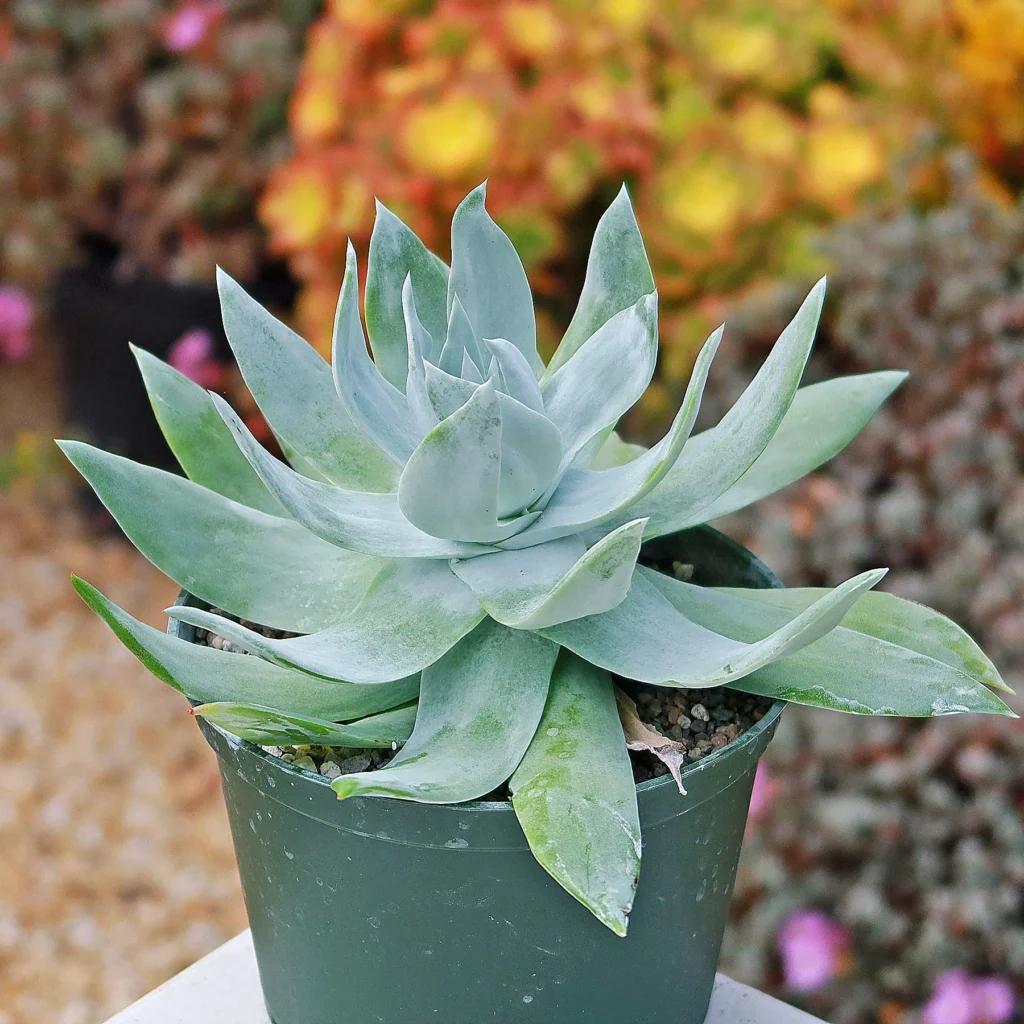
Known for its silver, powdery coating and long-lived rosettes, this dudleya looks almost like it was dusted in frost.
Why it’s rare: Overharvesting in California has made it increasingly protected. It also needs dry conditions and good airflow to thrive.
How to Care for Rare Succulents
Rare succulents might look exotic, but most don’t require an overly complicated routine—as long as you understand their basic needs and unique quirks. Let’s walk through what makes their care slightly different from common varieties.
Lighting Needs
Most rare succulents love bright, indirect sunlight. Some desert types like Lithops or Ariocarpus need full sun but can burn in intense heat. Others, especially epiphytic varieties like Monkey Tail Cactus, thrive with filtered light or partial shade.
A great tip is to observe the leaves. If they’re stretching out or losing color, they may need more light. If they’re turning crispy or pale, reduce sun exposure.
Watering Rare Succulents
Here’s where many beginners go wrong. Rare succulents are often slower-growing and more sensitive to overwatering. Water only when the soil is completely dry.
For species like Pseudolithos or Lithops, watering during dormancy can actually be fatal. During growth seasons (usually spring or fall), they may only need a sip every 2–3 weeks. Always err on the side of underwatering.
Soil Mix Matters
Use a fast-draining mix with:
- Coarse sand
- Perlite or pumice
- Cactus potting mix (no moisture-retaining additives)
A gritty mix prevents root rot, especially important for rare types with tuberous or shallow roots. You can even add some crushed charcoal for better air circulation and to keep fungal issues at bay.
Temperature & Humidity Considerations
Rare succulents prefer warm temperatures (18–28°C) and low humidity, mimicking their native desert environments. High humidity can lead to fungal issues, especially in tightly packed pots.
If you’re in a tropical or humid region, place your rare succulents near a fan or in a well-ventilated area. Indoor growers can use a dehumidifier if needed.
Propagation Tips for Rare Succulents
Propagating rare succulents can be incredibly rewarding—giving you new plants to admire or even share. However, unlike common varieties, rare succulents often require more attention, patience, and the right technique to succeed.
Here’s a closer look at the best ways to propagate them while protecting their delicate nature.
Propagation isn’t just about multiplying plants—it’s about preserving rarity with care.
Leaf Cuttings (Only for Select Species)
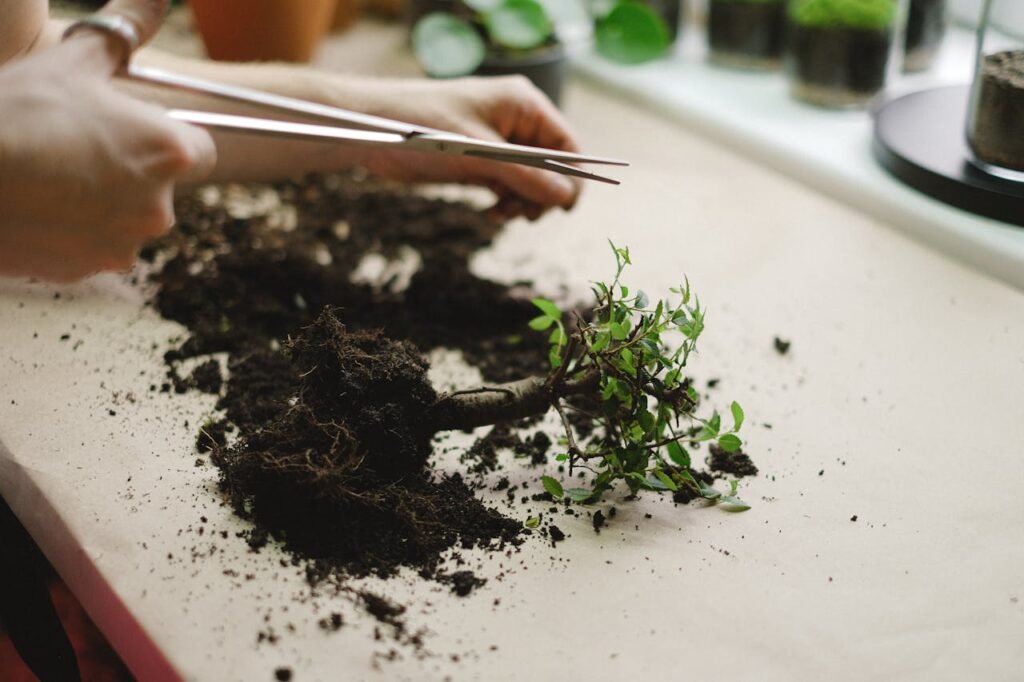
Some rare succulents like Kalanchoe humilis, Dudleya, or even Graptopetalum species can successfully be propagated through leaf cuttings.
This method is simple yet slow, and success depends on how cleanly the leaf is removed.
- Gently twist the leaf from the stem, ensuring it breaks off without tearing.
- Let the leaf callous over for 2–4 days in a dry, shaded spot.
- Place it on a well-draining cactus mix, and mist lightly every few days.
- Be patient—roots may take a few weeks to appear.
Not all rare succulents respond well to this method. Avoid using leaf cuttings for varieties like Echeveria laui or Ariocarpus, which rarely succeed this way.
Offsets or Pups (Nature’s Clones)
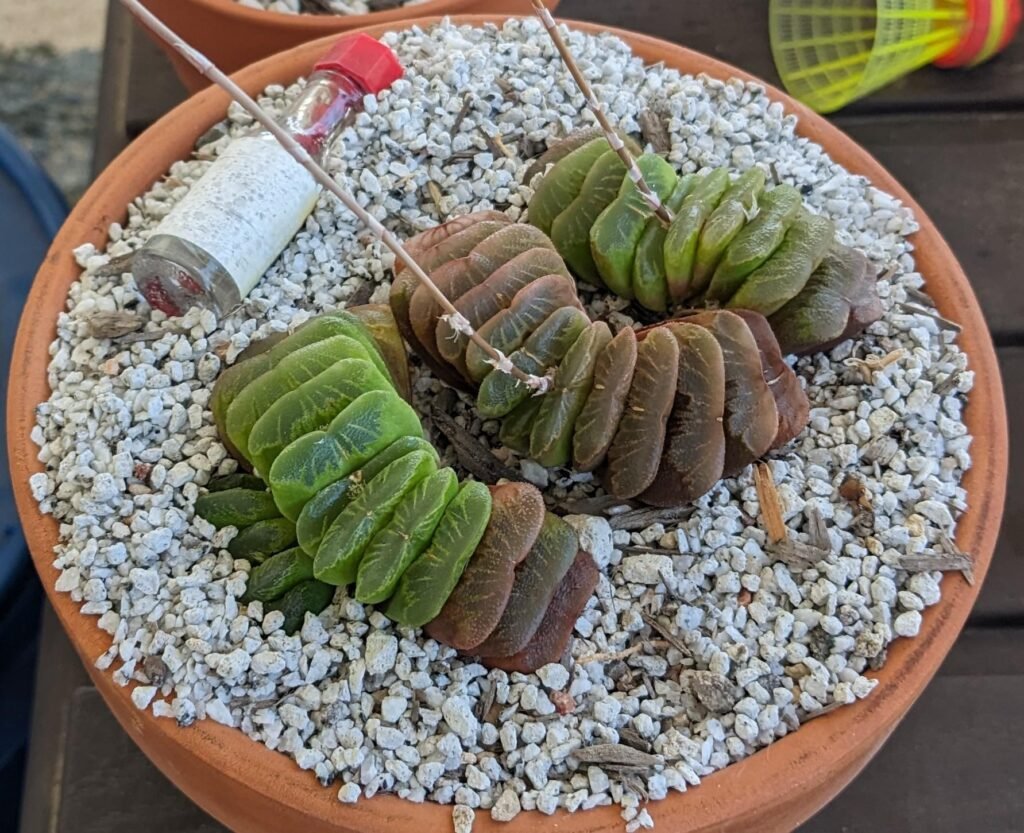
Many collectible succulents produce small pups around their base, like Haworthia truncata, Aloe variegata, or certain Mammillaria species. These are the easiest to propagate and are genetic clones of the parent.
- Use a sterilized knife to cut the pup away gently, ensuring some roots are attached.
- Allow it to dry for a day before planting in fresh soil.
- Water sparingly at first and watch it root over the next few weeks.
Some rare succulents like Euphorbia obesa or Astrophytum don’t produce offsets, so don’t expect pups from every specimen.
Seeds (Best for Ultra-Rare Types)
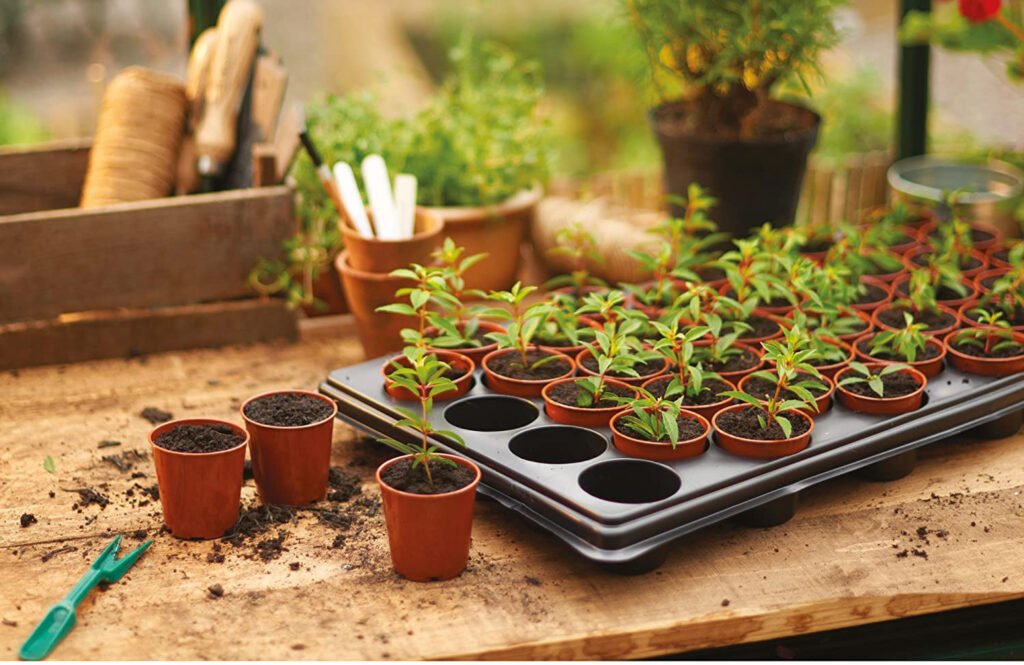
Growing rare succulents from seeds is a long game, but it opens access to varieties like Lithops, Ariocarpus, and Pelecyphora. These species rarely produce pups or viable cuttings, so seed is often the only option.
- Use sterilized seed trays and a gritty cactus mix.
- Sprinkle seeds on the surface and mist lightly with distilled water.
- Cover the tray with a humidity dome or plastic wrap to retain moisture.
- Keep under bright, indirect light and avoid direct sun for young seedlings.
- Germination can take anywhere from a week to several months.
Seed propagation can be challenging for beginners but offers unmatched satisfaction—especially when nurturing a rare plant from its tiniest form.
Display and Styling Ideas for Rare Succulents
Rare succulents don’t just deserve proper care—they deserve to be shown off. Whether you’re cultivating a small apartment collection or designing a more elaborate indoor display, how you style rare succulents can amplify their beauty and highlight their uniqueness. Here’s how to make the most of your treasured collection.
Use Minimalist Pots That Let the Plant Shine
Rare succulents often have dramatic shapes, textures, or colors. Think of Echeveria cante’s powdery blue rosette or the sculpted geometry of Haworthia cooperi.
For these to stand out, opt for neutral-toned pots—matte black, soft gray, or simple terracotta—that don’t distract.
Avoid overly patterned or brightly colored containers. Let the plant be the art.
Try Elevated Displays for Small Collectibles
For compact rarities like Lithops or Fenestraria, elevate them with tiered shelves or floating wall-mounted trays. These displays save space and draw the eye to the intricate details that would otherwise go unnoticed.
Succulent towers or narrow bookcases also make excellent display zones for small pots, especially near bright windows.
Create Micro-Desert Themes in Shallow Bowls
Shallow planters or bonsai dishes are great for creating mini-scenic arrangements. Use white pebbles, driftwood, or dark gravel to contrast with your succulent’s colors.
Add one or two statement pieces—like a Gymnocalycium mihanovichii or Astrophytum myriostigma—to form the focal point.
The key here is balance: don’t overcrowd. Let each rare plant breathe.
Use Glass Domes for Humidity-Loving Types
Some rare succulents, especially mesembs like Titanopsis or Conophytum, enjoy slightly more humidity. Glass cloches or terrarium jars can create a controlled environment for them while turning them into centerpiece décor. Just make sure you air them out regularly to avoid mold.
Pair with Accent Materials Like Stone and Wood
Placing your rare succulents on reclaimed wood planks, natural slate trays, or marble tiles can elevate the look instantly.
These earthy textures add an organic flair and complement the plant’s form without overpowering it.
Mix and match until you find combinations that suit both your aesthetic and the succulent’s needs.
Seasonal Styling for Extra Charm
Don’t be afraid to rotate your display with the seasons. In spring, you can accent a Crassula ovata ‘Gollum’ with light-colored gravel or blooms. During fall, highlight the rich hues of Echeveria ‘Black Prince’ with amber stones or copper containers.
It’s a fun way to interact with your collection and keep your space feeling fresh.
Common Problems with Rare Succulents and How to Avoid Them
Rare succulents are prized for their unique beauty—but they can also be a bit finicky. Whether it’s their specific growing conditions or limited tolerance for mistakes, these plants can suffer if you’re not tuned into their subtle needs. Here’s a guide to the most common issues and how to keep your collection thriving.
1. Overwatering (The Silent Killer)
Many rare succulents—like Ariocarpus or Lophophora—naturally grow in arid habitats with minimal rainfall. In an indoor environment, especially without strong light or airflow, too much water can quickly lead to rot.
How to avoid it:
Always use well-draining soil, and let it dry out completely before watering again. If you’re unsure, wait an extra day or two. It’s safer to underwater than to overwater.
Also, ensure pots (even decorative ones) are either breathable or have a gravel layer if they lack drainage.
2. Not Enough Sunlight
Succulents need sunlight—not just to stay alive, but to retain their vivid colors, compact shape, and slow, healthy growth.
Rare succulents are often more sensitive to poor light, especially variegated or colorful types like Echeveria laui or Graptopetalum amethystinum.
How to avoid it:
Place your succulents where they can get at least 4–6 hours of bright, indirect light per day. South or east-facing windows work well.
If natural light is limited, use a full-spectrum grow light to prevent stretching and fading.
3. Temperature Shock
Rare succulents that hail from desert or semi-arid climates don’t take kindly to cold drafts, frosty windowsills, or sudden temperature drops.
Thin-skinned types like Haworthia truncata may wrinkle or discolor if exposed to stress.
How to avoid it:
Keep your plants away from air conditioners, heaters, or open windows during winter. Maintain a stable room temperature, ideally between 60–80°F (16–27°C).
When acclimating to new conditions (like bringing home a nursery plant), give them time to adjust gradually.
4. Using the Wrong Soil
Heavy, moisture-retaining soil is one of the most common downfalls for rare succulents. Regular potting mixes may suffocate roots and trap water, which invites rot.
How to avoid it:
Use a fast-draining mix, either commercial “cactus and succulent soil” or a DIY blend of 50% potting soil, 25% coarse sand, and 25% perlite or pumice.
If your plant has a tuberous root system (like Pseudolithos), it may prefer even grittier blends.
5. Ignoring Seasonal Dormancy
Some rare succulents go dormant during certain times of the year—usually summer or winter—depending on their native climate.
Watering or fertilizing during dormancy can disrupt their rhythm or stress them.
How to avoid it:
Research your succulent’s dormancy pattern. For example, Adromischus species tend to rest in summer.
During these periods, reduce watering, stop fertilizing, and avoid repotting or propagating. Let them rest.
6. Pests Hiding in Tiny Crevices
Mealybugs, spider mites, and root aphids can be especially problematic in tightly packed succulents or rare species with deep leaf folds, like Aloe ‘Pink Blush’ or Titanopsis.
How to avoid it:
Inspect new plants before bringing them home. Keep your collection clean and dust-free. If you notice webbing, sticky residue, or fuzzy white spots, isolate the plant and treat with neem oil, insecticidal soap, or a diluted hydrogen peroxide rinse.
7. Overhandling or Moving Them Frequently
While it’s tempting to reposition your rare succulents for better light or a fresh look, too much disturbance—especially for species with fragile roots or leaves—can stress them or break growth.
How to avoid it:
Choose a good, stable location early on. Rotate the pot in place for even light rather than constantly moving the plant. Handle with care during repotting—don’t tug at leaves or stems.
FAQs About Rare Succulents
Q1: Can I grow rare succulents indoors?
Absolutely! Just make sure they get 5–6 hours of bright light daily—either from a window or grow lights.
Q2: Why is my rare succulent turning mushy?
This is often due to overwatering or poor drainage. Remove the plant, let the roots dry, and repot in dry, gritty soil.
Q3: How can I tell if a succulent is truly rare?
Look for scientific names, origin, and seller reputation. Rare ones often grow slowly, are less commonly propagated, and don’t appear in most garden centers.
Q4: Are rare succulents more fragile?
Not always. Some are surprisingly hardy! But many do grow slower and are less forgiving of neglect or overwatering.
Q5: Can I mix rare succulents with common ones?
Yes, but try grouping by care needs—light, water, and soil preferences should match.
Final Thoughts
Rare succulents bring a special kind of magic to your plant collection. They’re not just beautiful—they’re living pieces of art with stories, resilience, and personality.
Whether you’re drawn to their alien shapes or their slow, deliberate growth, collecting rare varieties is a journey worth taking.
It’s okay to make mistakes along the way. Every failed cutting or overwatered rosette teaches you something new.
With time, patience, and a little bit of research, even the rarest succulent can thrive under your care.
Happy collecting—and may your windowsills be full of the most intriguing green treasures!
